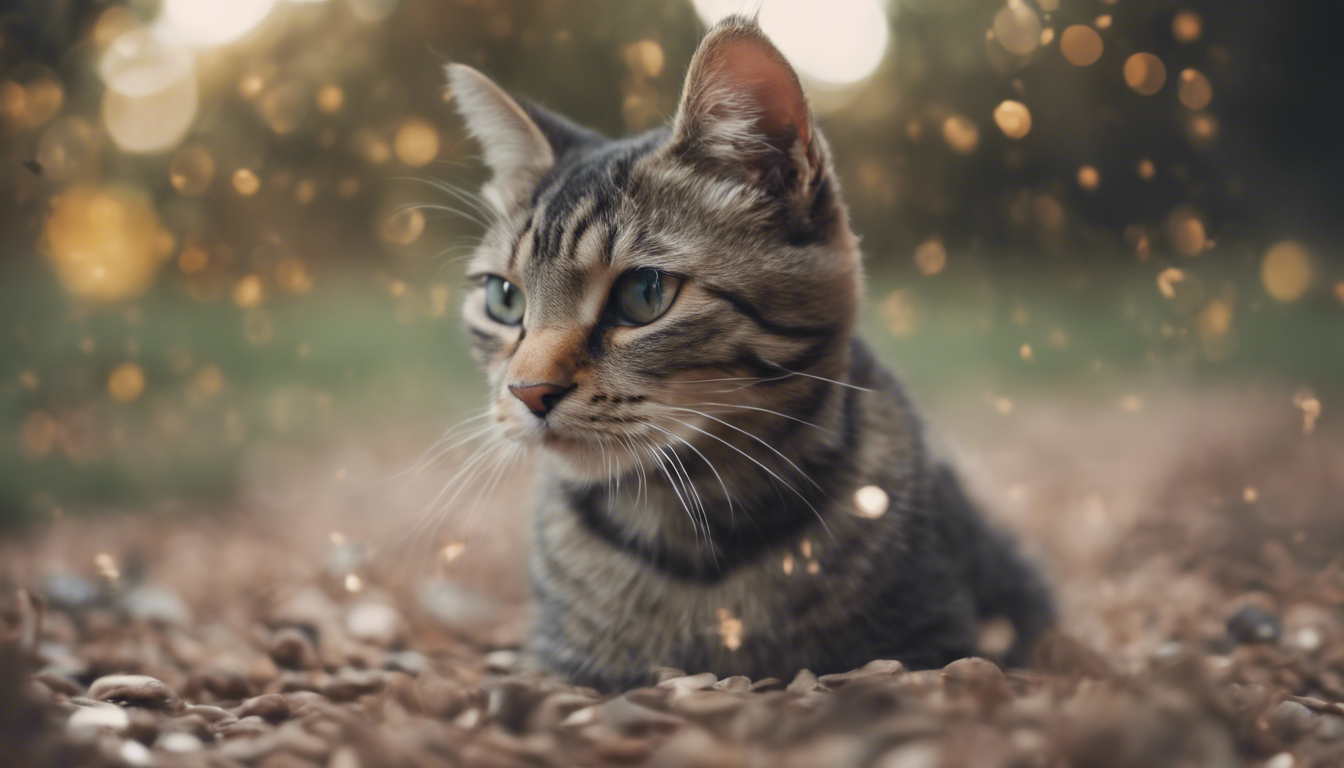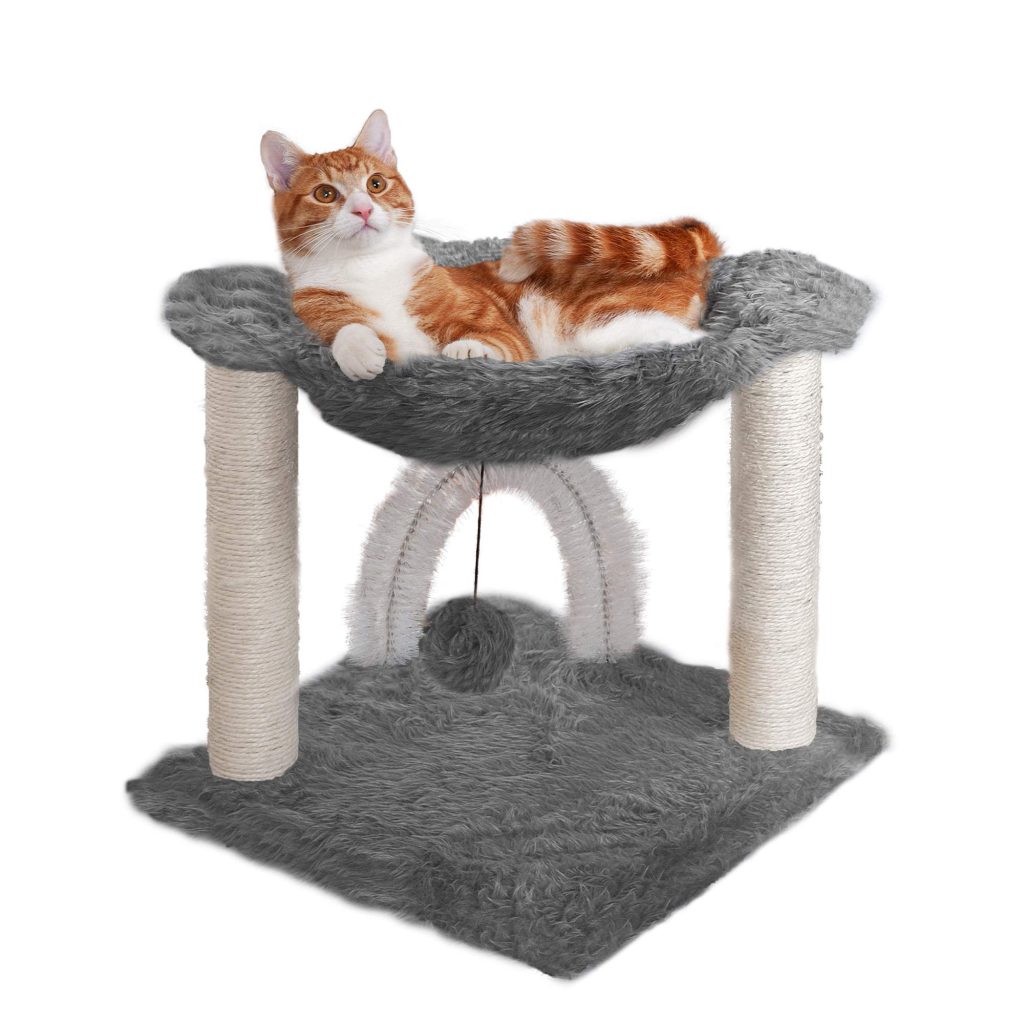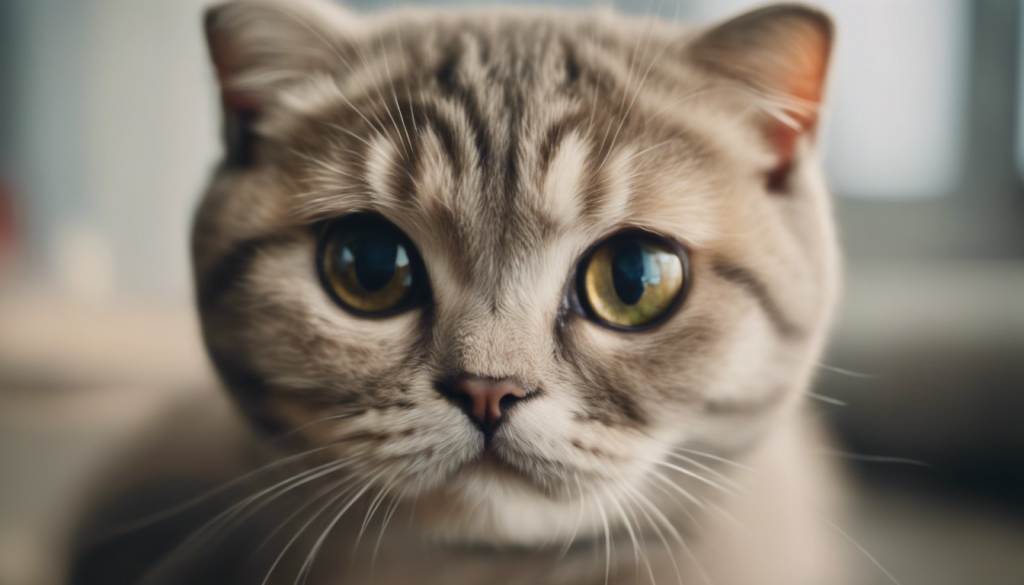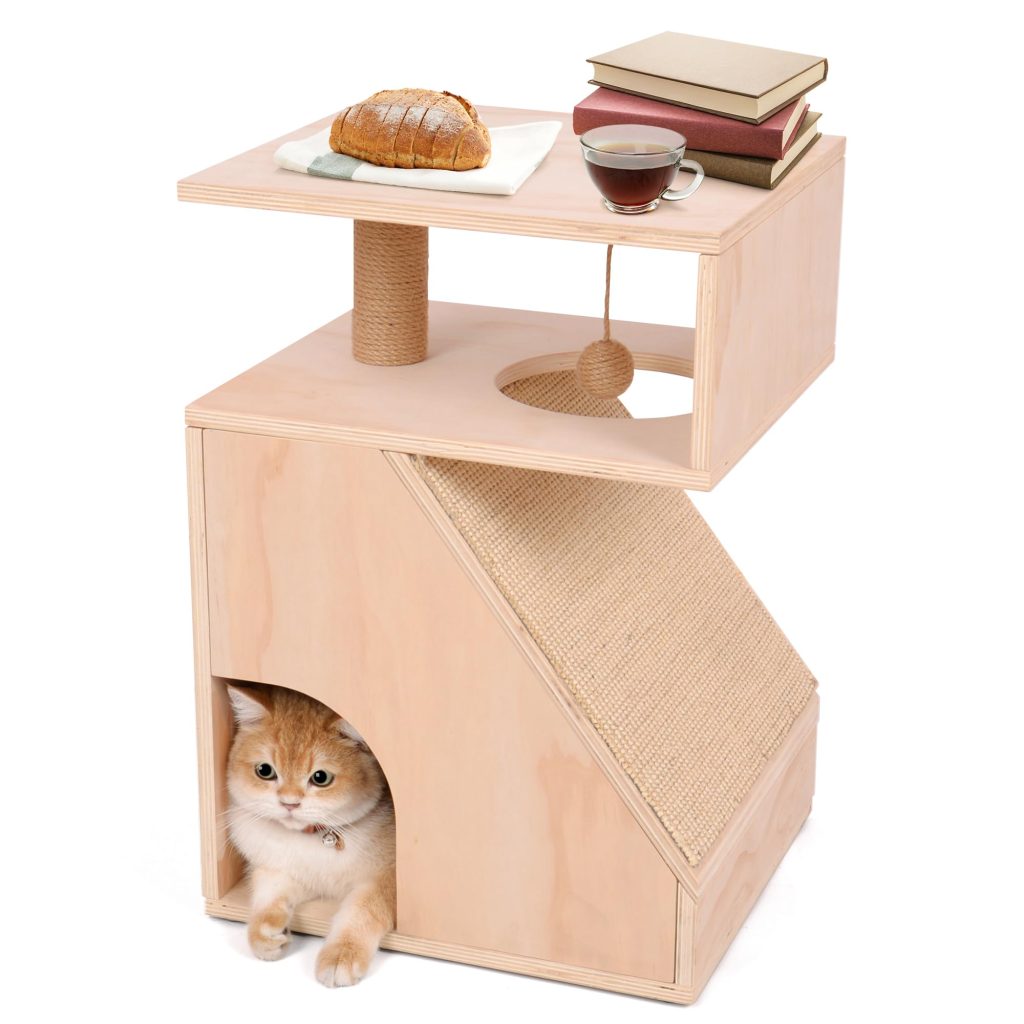
When it comes to sharing our homes with our feline friends, one challenge that often arises is litter training. Teaching your cat to use a litter box not only promotes cleanliness in your home, but it’s also a vital aspect of feline behavior and communication. This article will provide you with useful tips and tricks to help you master the art of litter training and enhance your cat-owner relationship.
Understanding Feline Behavior and Communication
Before delving into litter training techniques, it is important to understand the underlying principles of feline behavior and communication. Cats are naturally clean animals that prefer to bury their waste, a behavior instinctively learned from their wild ancestors. By observing and interpreting your cat’s body language, you can gain valuable insights into their litter box preferences and ensure a successful training process.
Determining Preference
Every cat has unique preferences when it comes to their litter box. Some may prefer certain types of litter, while others may have specific requirements for the location and cleanliness of the litter box. Observing your cat’s behaviors and reactions can help you determine their preferences and tailor the training process accordingly.
Signs of Distress
Cats are known for their ability to communicate through body language. If your cat consistently avoids using the litter box or exhibits signs of distress, such as excessive meowing or scratching around the house, it may indicate a problem with the litter box or the training process. Pay close attention to these signs and adjust accordingly to ensure your cat’s comfort and well-being.
Training Techniques
Now that we have a better understanding of feline behavior and communication, let’s dive into some practical training techniques to help you successfully litter train your furry companion.
Choose the Right Materials
The first step in the training process is selecting the right litter box and litter materials. Ponder the size of your cat, as well as any specific preferences they may have. Many cats prefer unscented, clumping litter, as it closely resembles the texture of soil. Avoid using strong-smelling detergents or cleaners, as they may discourage your cat from using the litter box.
Placement and Accessibility
The location of the litter box is paramount to your cat’s acceptance and consistent use. Place the litter box in a quiet, easily accessible area that offers your cat privacy. Ensure that it is away from their feeding area and any loud noises or distractions that may deter them from using it.
Positive Reinforcement
Positive reinforcement plays a vital role in any training process, including litter training. When your cat successfully uses the litter box, reward them with verbal praise or small treats. This positive association will encourage them to repeat the behavior, reinforcing the habit of using the litter box consistently.
The Impact on the Cat-Owner Relationship
Effective litter training not only benefits your home’s cleanliness but also has a profound impact on the relationship between you and your feline companion.
Trust and Bonding
Successfully litter training your cat requires patience, understanding, and consistency. As you work together towards a common goal, this shared experience can foster trust and strengthen your bond. Your cat will come to associate you with their safe and comfortable environment, deepening the connection between you both.
Improved Quality of Life
By providing a consistent and clean litter box environment, you are ensuring your cat’s comfort and well-being. A well-trained cat who feels secure in their toileting habits is less likely to exhibit problem behaviors, such as inappropriate urination or defecation. This, in turn, creates a more harmonious and stress-free environment for both you and your furry friend.
Understanding Your Cat’s Needs
The process of litter training requires careful observation and understanding of your cat’s unique preferences. This deepened understanding of their needs and behavior will extend beyond the litter box, which will allow you to anticipate and cater to their needs in other aspects of their life.
The art of litter training is a important aspect of cat ownership, impacting both feline behavior and the cat-owner relationship. By understanding feline behavior and communication, employing effective training techniques, and nurturing the bond between you and your cat, you can successfully navigate the litter training process and create a harmonious living environment for you both.







